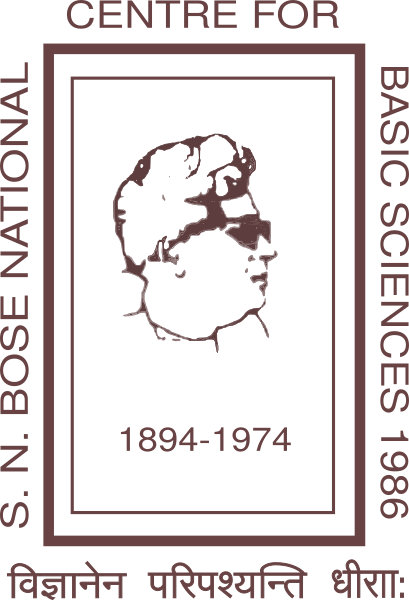Contents
The Department of Astrophysics and High Energy Physics pursues theoretical, observational and experimental research works on recent topics of Astrophysics, Cosmology, High Energy Physics, and Quantum information.
In theoretical astrophysics/cosmology and high energy physics, the major thrust continues to be the physics of primordial black holes, gravitational waves, dark matter and dark energy, study of fermions in curved space-time, quantum gravity, generalized uncertainty principle, quantum foundations and quantum information processing. The department also has ongoing Projects on Quantum Information Science in the QuEST programme of DST.
In observational and experimental astronomy, works are being pursued to understand problems on massive star formation and extra-solar planets, physics of brown dwarfs, blackholes in external galaxies, neutrino physics, stellar evolution, physics of cataclysmic variables, formation of complex molecules in variety of astrophysical sources, and astronomical instrumentation.
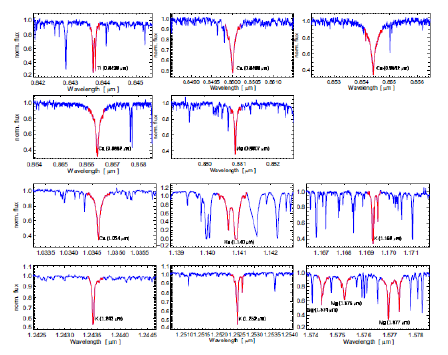
A representation of atomic absorption features in optical (Ti I [0.844 μm], Ca II [0.850, 0.854, 0.866 μm], Mg I [0.881 μm]) and Near-infrared (Ca I [1.035 μm], Na I [1.141 μm], KI [1.169, 1.240, 1.250 μm], Mg I [1.570 μm]) for the CARMENES spectra of the M-Dwarf GJ 2 (J00051 + 457) of spectral type M1.0V. We have alculated the EWs of these features with the feature window shown in red colour to find and establish the strongest correlations with the stellar parameters.
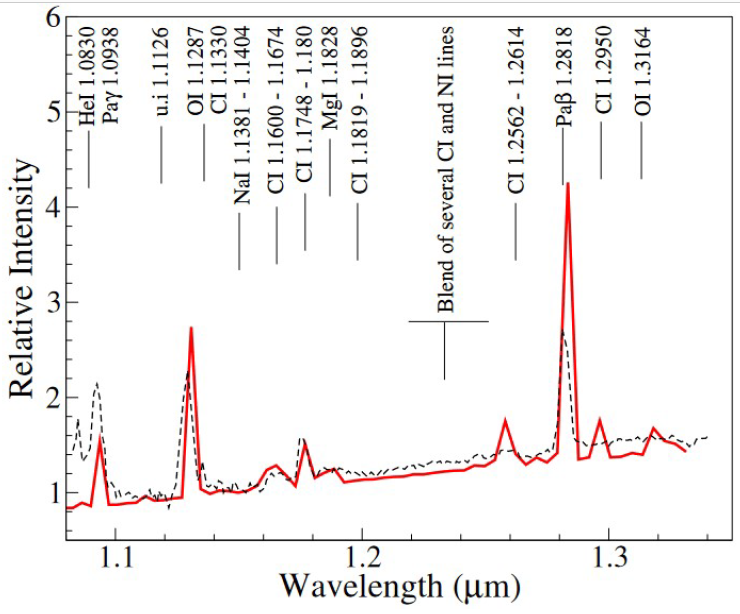
Observed (black dashed solid) and model generated post-dust phase J-band spectra (red solid line) of the dust forming nova V1280 Scorpii (Pandey et al., ApJ, 2022).
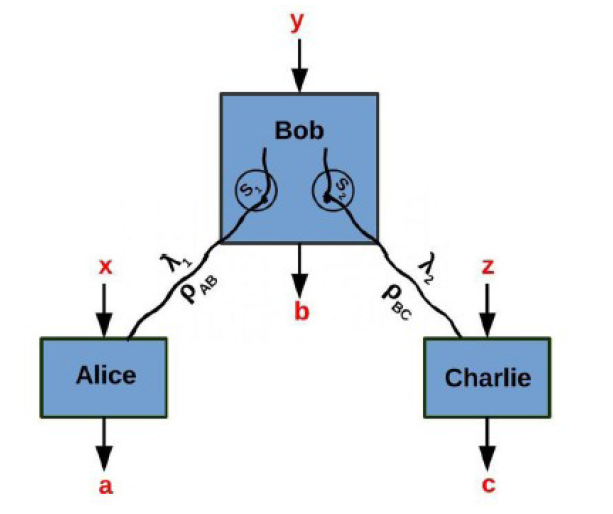
Secure tripartite information sharing
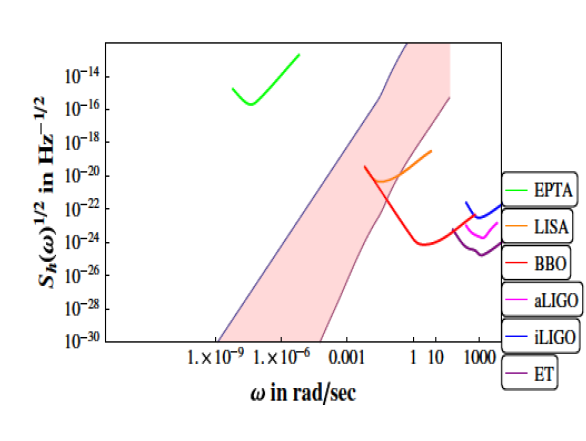
Stochastic gravity wave spectrum
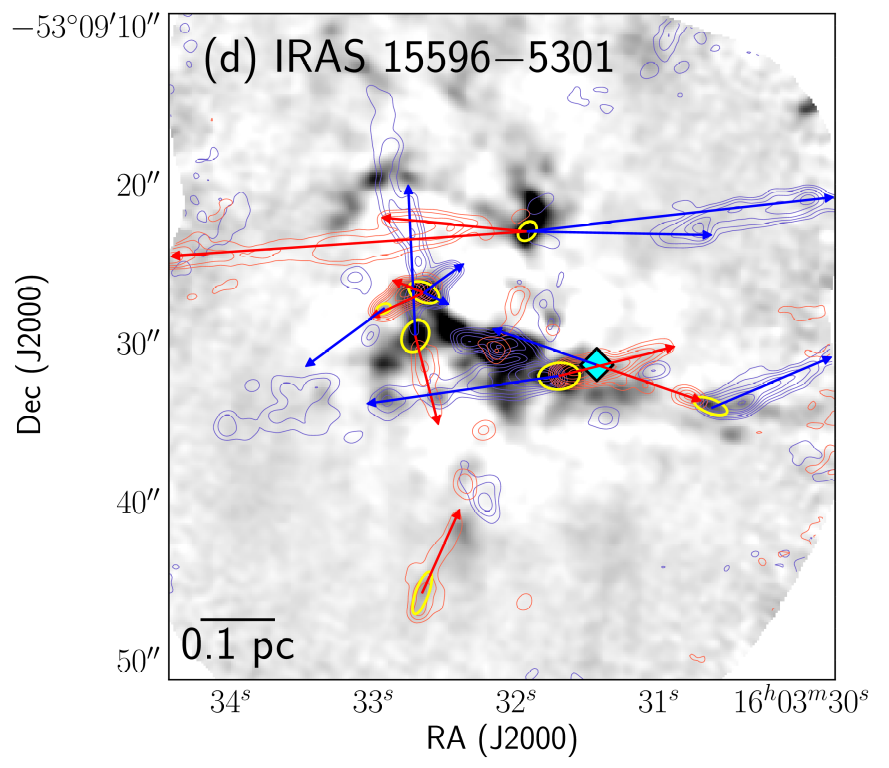
Protostellar outflows (blue and red contours) emerged as a consequence of accretion through flattened disk identified in high resolution millimeter-band carbon monoxide data (Baug et al., ApJ, 2021)
Upcoming facilities
The observational astronomy group has initiated to build the very first world-class astronomical observatory in the Eastern India equipped with a 1.5-m optical/near-infrared telescope at Panchet hill, Purulia, about 250 km North from Kolkata. This telescope will be used for multi-wavelength (optical and near-infrared) observations of various astronomical events and objects.
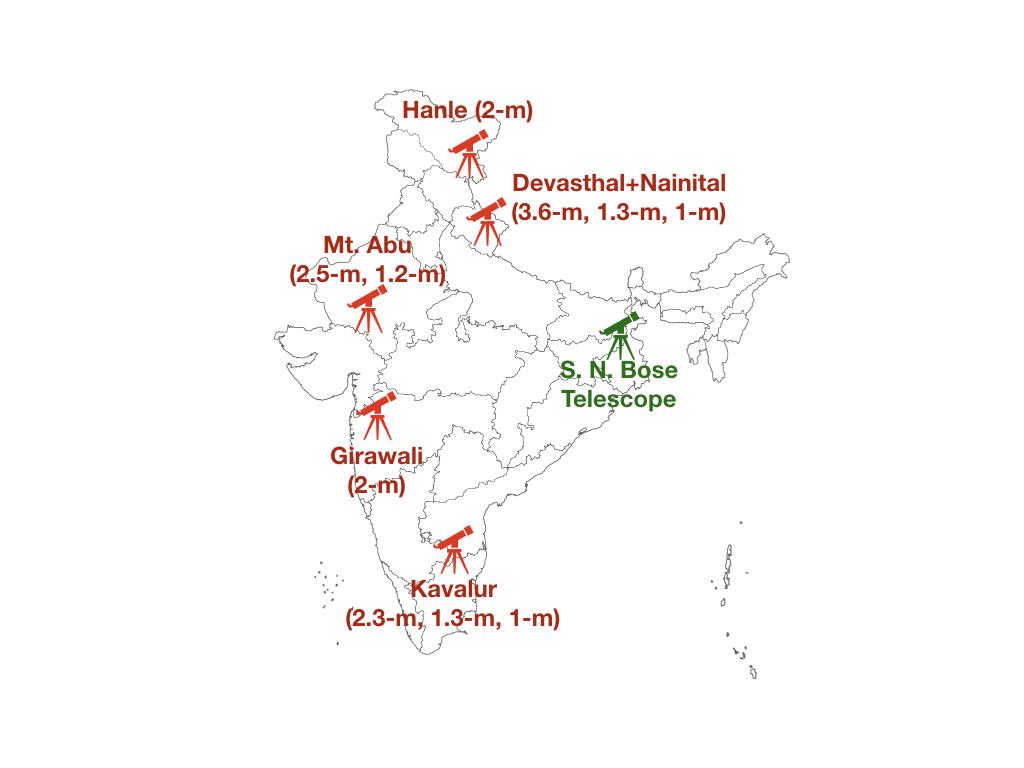
The proposed S. N. Observatory in reference to the observational facilities available in India.
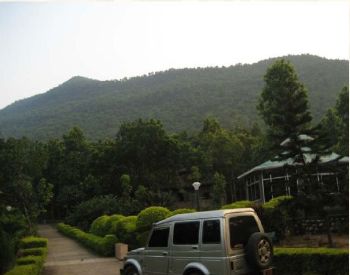
The proposed project site, Panchet Hilltop (altitude ~600 m), Purulia, West Bengal
